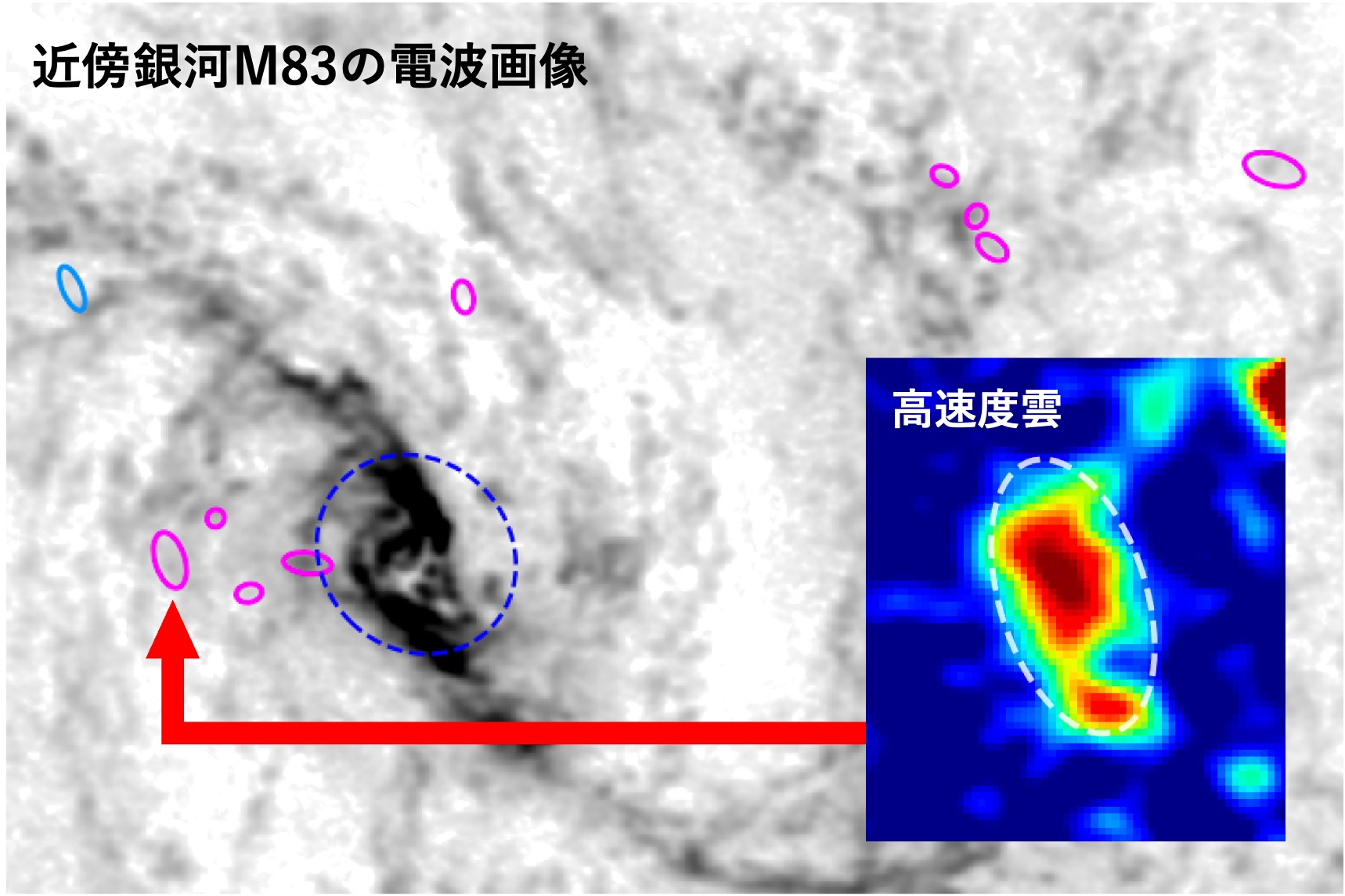 July 1, 2025
Press Release
July 1, 2025
Press Release
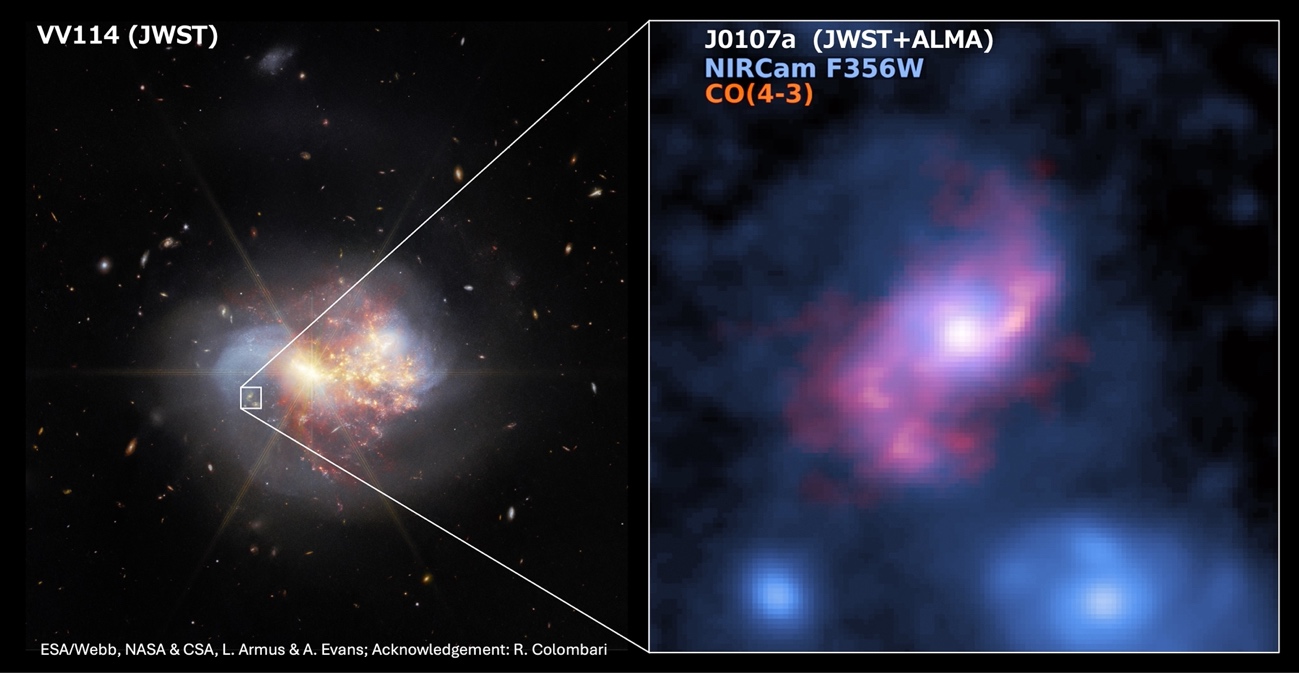 May 22, 2025
Press Release
May 22, 2025
Press Release
 May 13, 2025
News
May 13, 2025
News
 Mar 24, 2025
News
Mar 24, 2025
News
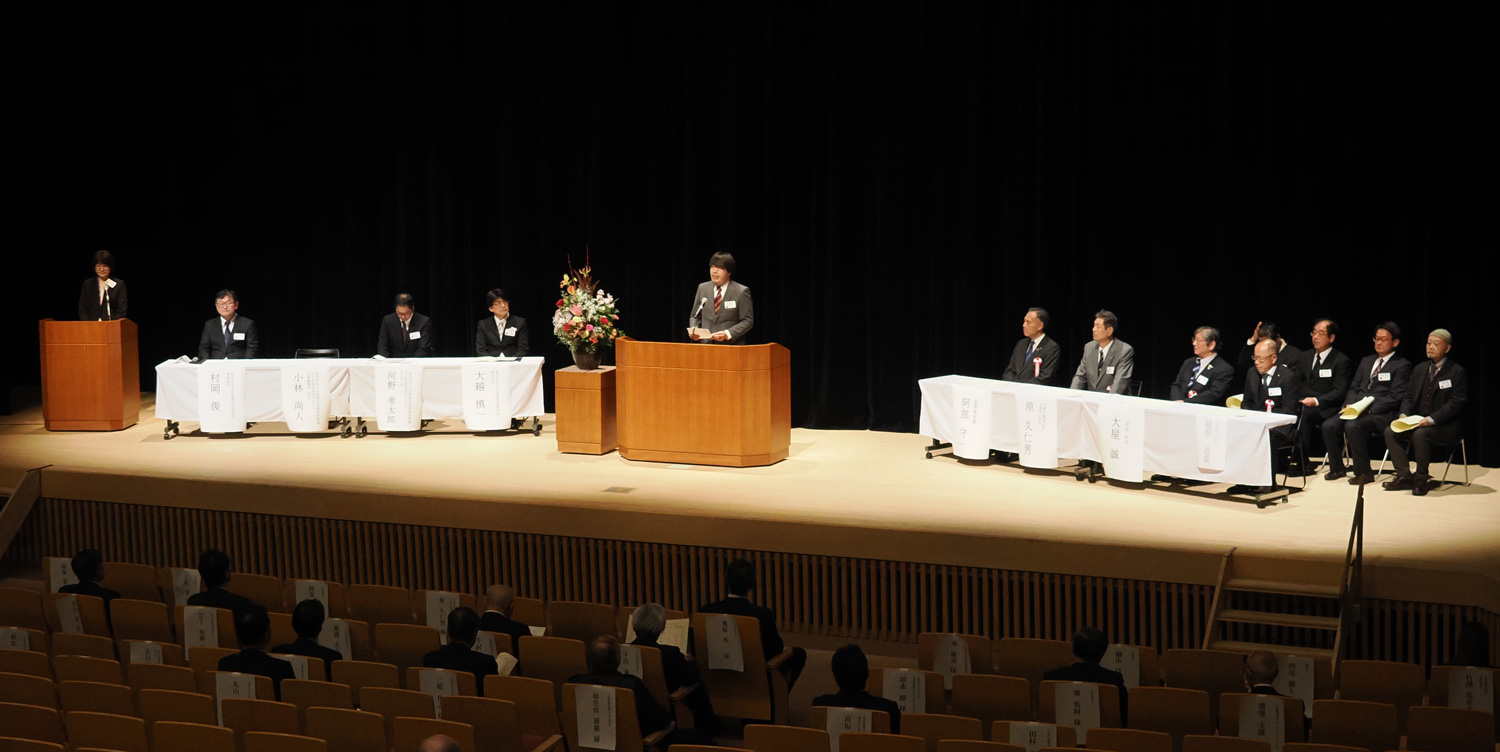 Feb 12, 2025
News
Feb 12, 2025
News
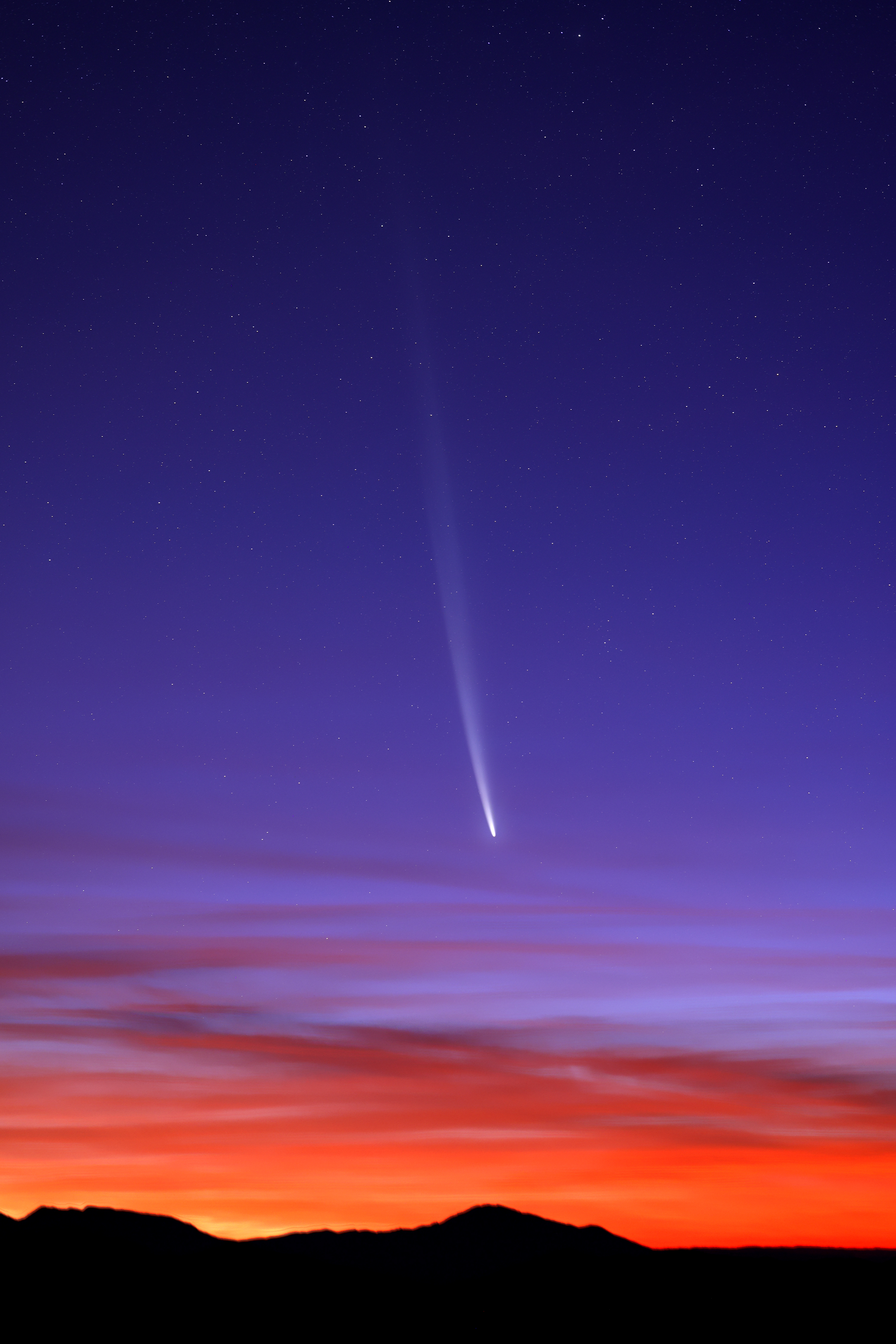 SEP 30, 2024
News
SEP 30, 2024
News
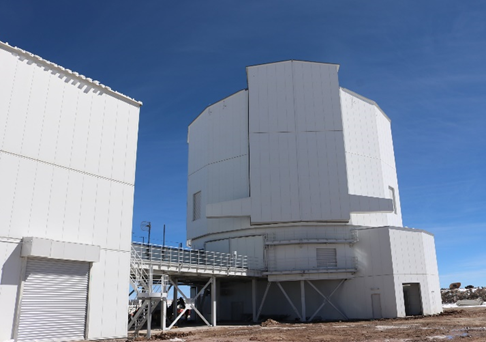 May 2, 2024
News
May 2, 2024
News
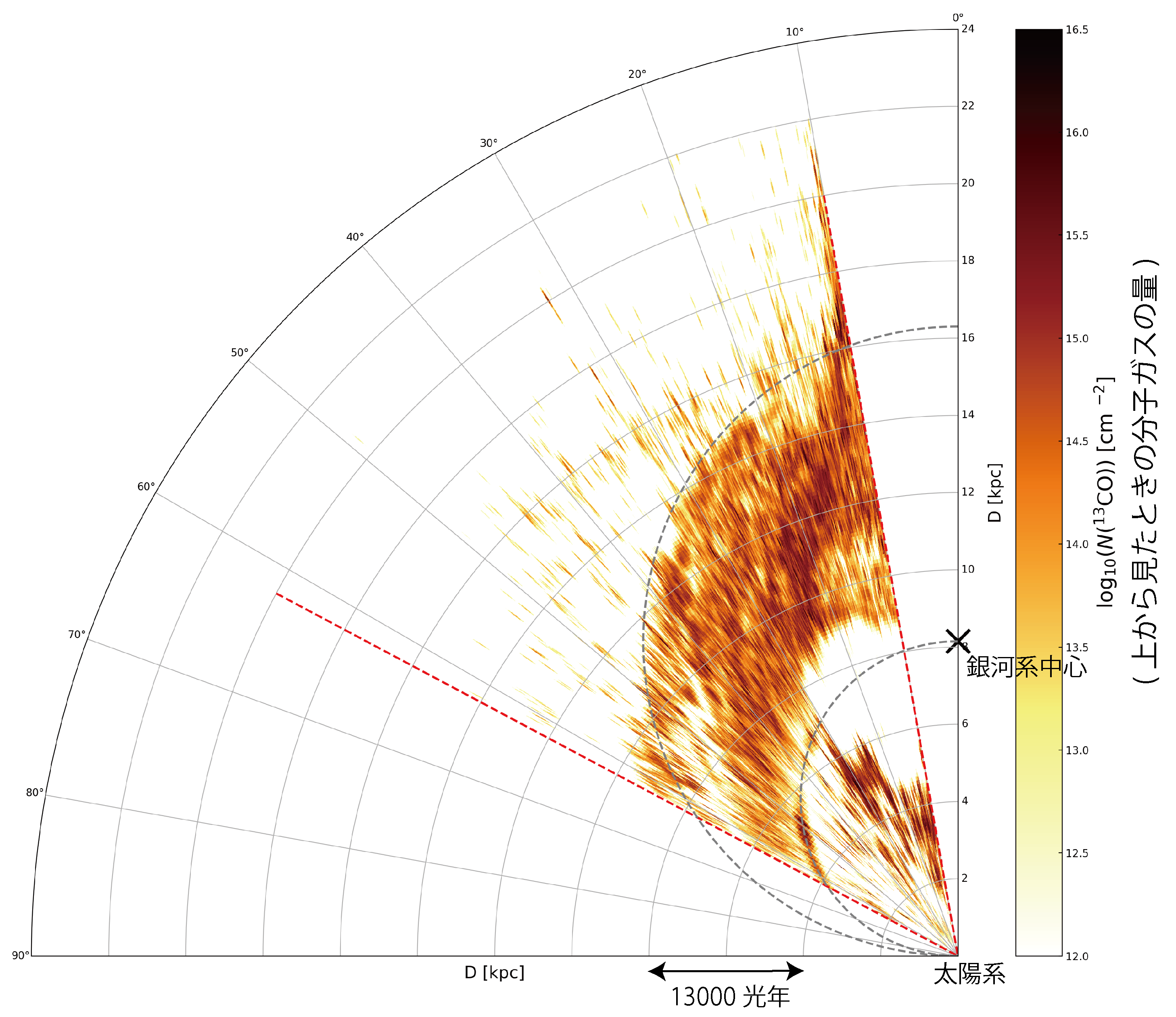 January 30, 2023
Press Release
January 30, 2023
Press Release
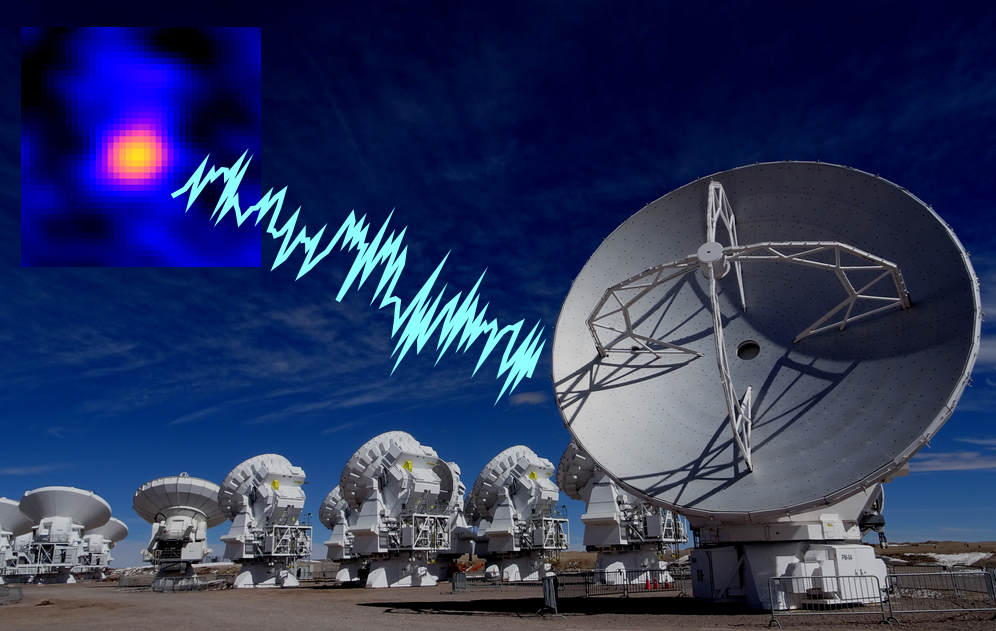 November 28, 2022
Press Release
November 28, 2022
Press Release
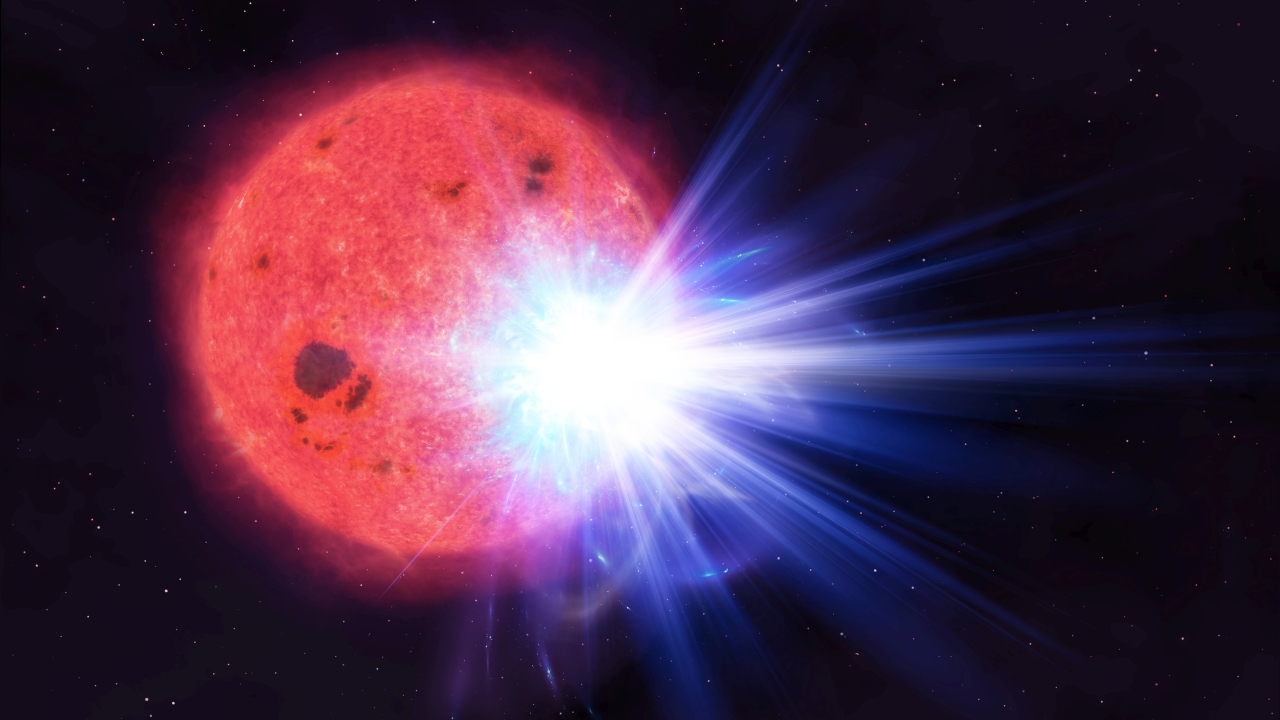 August 9, 2022
Press Release
August 9, 2022
Press Release
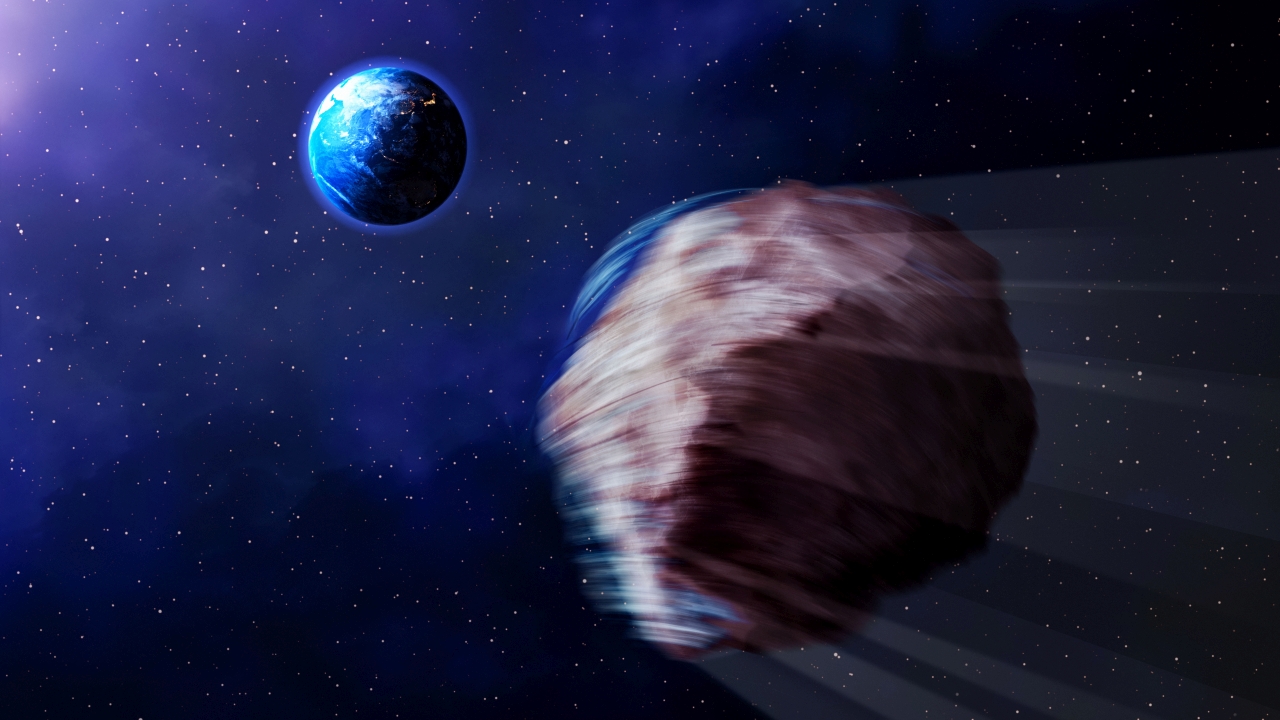 July 13, 2022
Press Release
July 13, 2022
Press Release
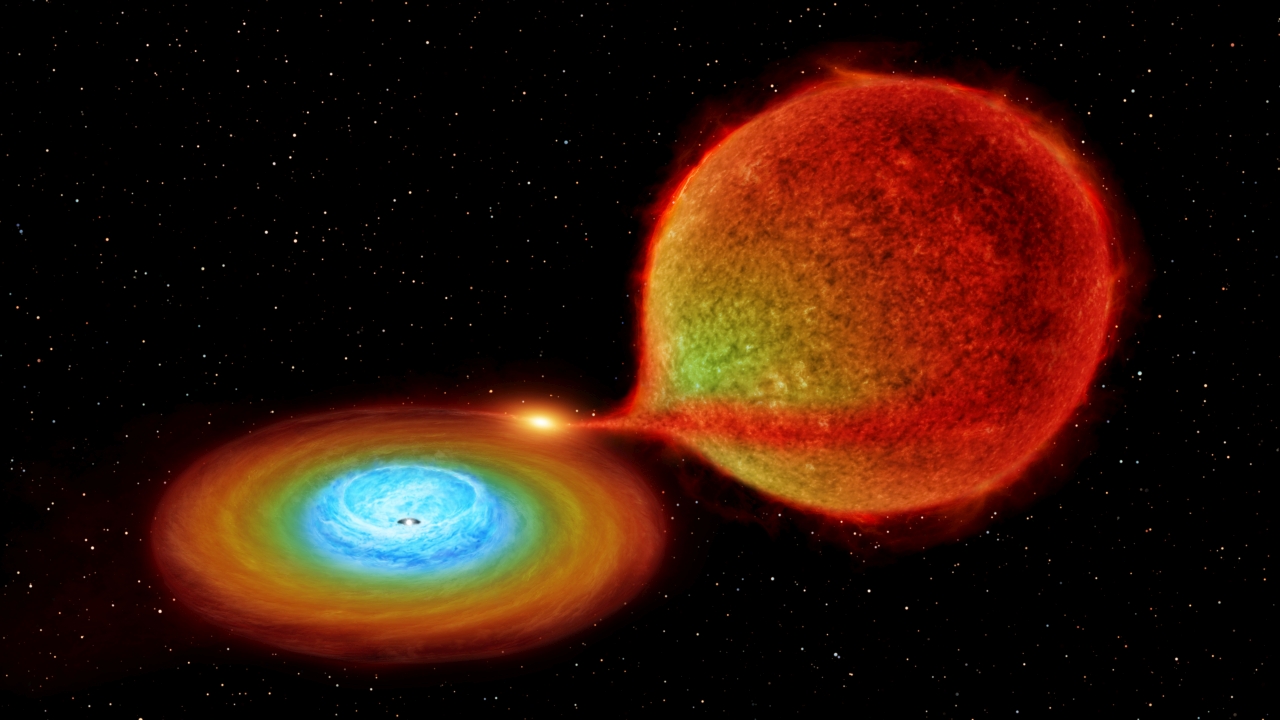 May 18, 2022
Press Release
May 18, 2022
Press Release
 November 28, 2022
Press Release
November 28, 2022
Press Release
 August 9, 2022
Press Release
August 9, 2022
Press Release
 July 13, 2022
Press Release
July 13, 2022
Press Release
 May 18, 2022
Press Release
May 18, 2022
Press Release
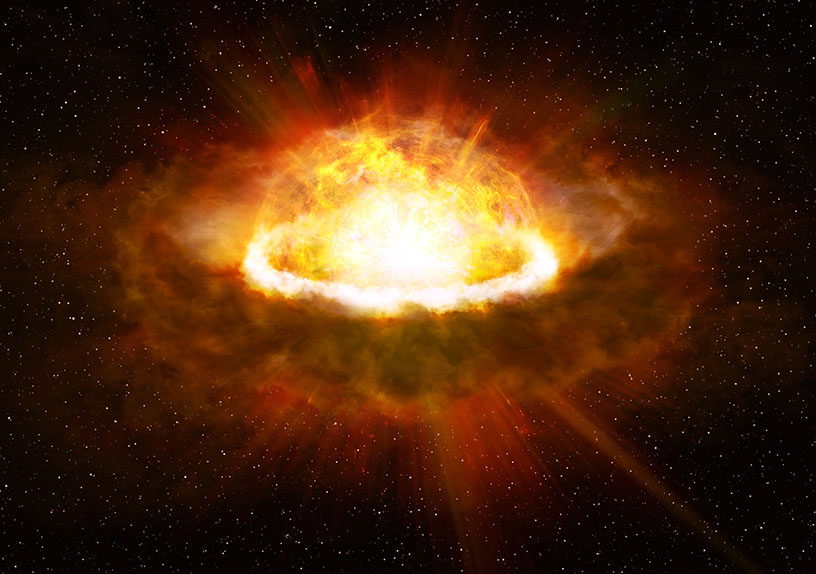 Dec 9, 2021
Press Release
Dec 9, 2021
Press Release
 Jun 11, 2021
Press Release
Jun 11, 2021
Press Release
 Apr 22, 2021
Press Release
Apr 22, 2021
Press Release
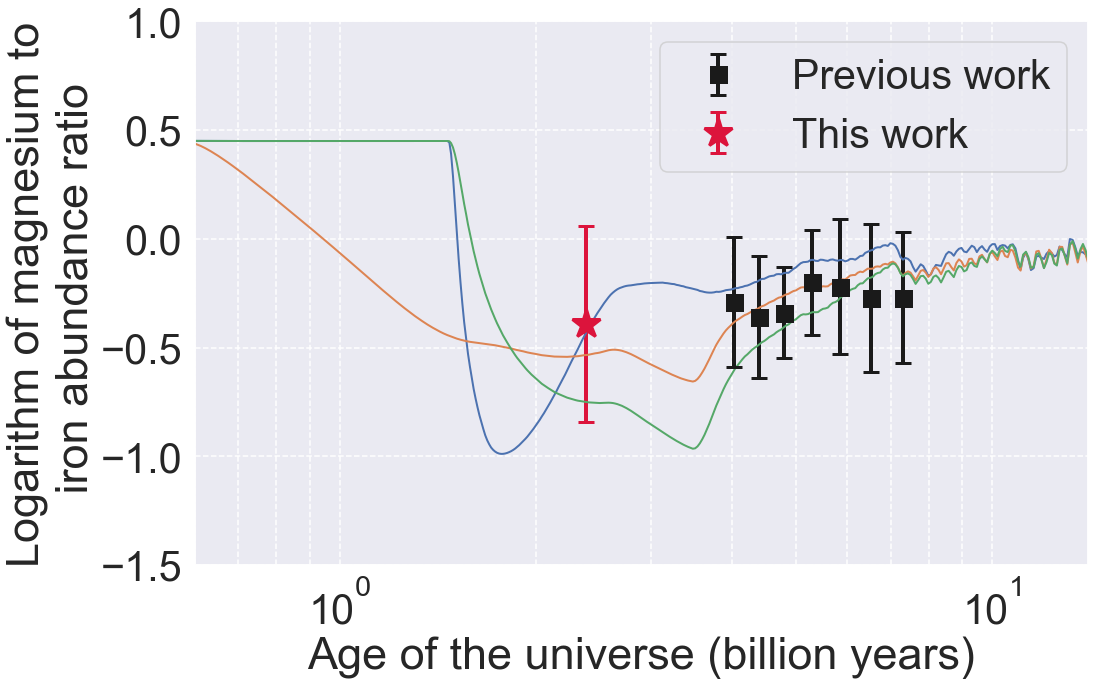 Dec 2, 2020
Press Release
Dec 2, 2020
Press Release
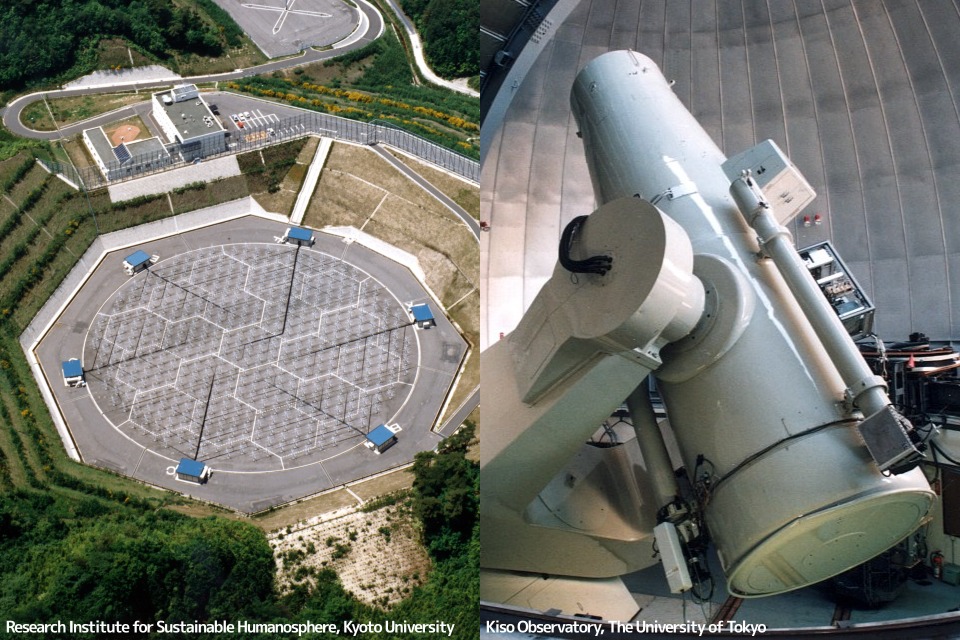 Nov 11, 2020
Press Release
Nov 11, 2020
Press Release
 Mar 27, 2020
Press Release
Mar 27, 2020
Press Release